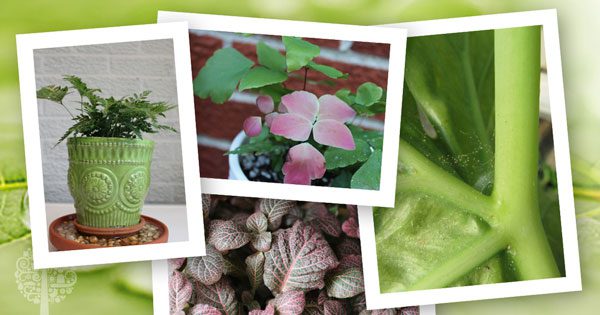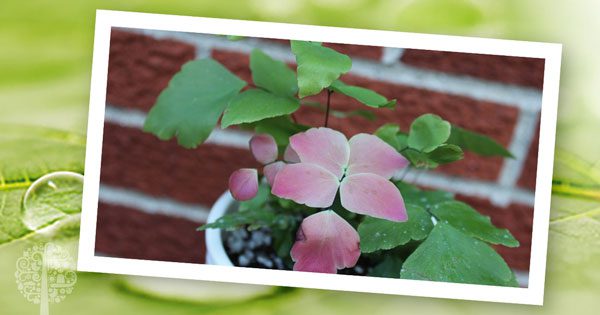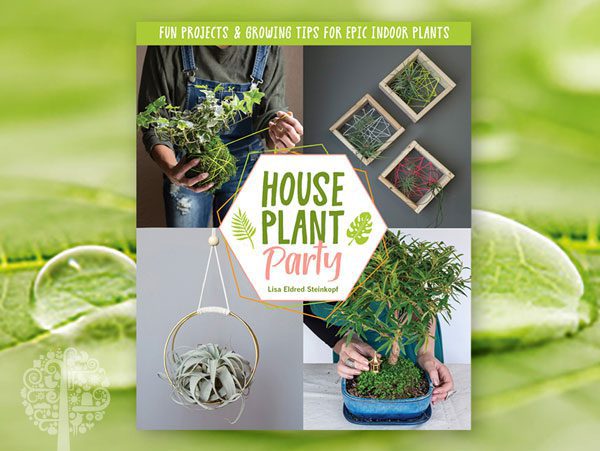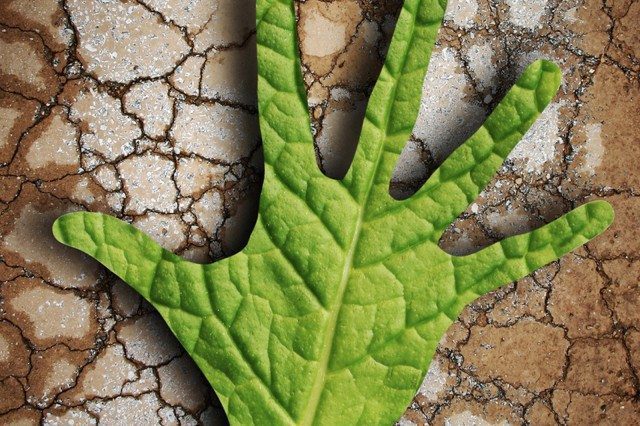Have you considered humidity and how it affects your houseplants? Some have argued that humidity isn’t a huge factor when taking care of plants, but I beg to differ. Most of our houseplants are from rainforests, where the moisture is dripping from the trees. Of course, our houseplants want a similar environment, which isn’t always easy to come by in our homes.
Humidity In Our Homes
Humidity is water vapor in the air. The air can hold more water at higher temperatures.
- Approximately 35% humidity and under is considered low humidity in a home;
- 35-70% medium humidity;
- and 70% or higher is deemed to be high humidity.
If we can keep our homes at or above 50%, we will feel better, and our plants will be happier. With our air conditioners going in the summer and heaters in the winter, it’s hard to keep the perfect amount of humidity in the air.
Each Plant Is Different
Every plant needs a different level of humidity. Plants that grow in arid places, such as cacti and other succulents, won’t need as much moisture as plants that grow in rainforests. (Remember, there are rainforest cacti, such as holiday cactus, so the low humidity doesn’t apply to them.)

Also, thicker leaved plants need less humidity than thinner leaved plants. The fittonia and maidenhair fern below both have delicate leaves and wilt at the first hint of drying. If they were in a humid environment, however, they could handle drying out a bit.
Transpiration
Transpiration is happening in plants almost continuously and is a little like our sweating. Water is transpiring through its stomata as it photosynthesizes. Some plants only “sweat” at night to conserve water.

The drier the atmosphere around a plant, the more it transpires. This process is natural, but if there isn’t sufficient water in the potting medium to be drawn up into the plant to transpire, some damage will occur.
This may show up as brown edges on the leaf, brown tips, and could result in leaf loss. Plants will need water more often in a drier/less humid environment.
High Humidity Areas In The Home
Where there is water being used is where you will likely find the highest humidity in the house. These rooms include the kitchen, bathrooms, basements, and laundry room. Humidity is higher in these places, but plants will not live there if they don’t have windows or electric lights. Many people want to put a plant in the bathroom, which is a good idea, as long as you have light. It doesn’t matter how high the humidity is if there is no light for the plant to make food.
Low Humidity Reactions
How will you know if your plant doesn’t have sufficient humidity? The plant may show signs of leaf curl, brown patches, drying up, flower buds that don’t open fully (called blasting), and flowers fade faster. It could also have smaller new leaves, drop new and old leaves, and not look as healthy as it should. Spider mites might attack because they love plants suffering from a lack of humidity.

Raising The Humidity
How do you raise the humidity? Create a microclimate by grouping all your plants. As they are all transpiring, they will increase the moisture in the air.
Use a pebble tray to raise the humidity around your plant as the water evaporates from the pebbles. Use a humidifier. Use a small one in your plants’ vicinity, or add a whole-house humidifier to your furnace.
Too High Humidity
On the other end of the spectrum, plants can suffer from too much humidity. This could show up as powdery mildew or botrytis, both of which will kill your plants if not take care of right away.
Terrarium
Some plants will only do well in an enclosed terrarium, though an open terrarium also raises the humidity levels.
If you do set up a terrarium, in the first few weeks, check it every day to make sure there isn’t too much condensation on the glass. This can lead to diseases because the humidity is too high. Tip the lid or remove it for a while to let the extra moisture out. Eventually, there will be a happy medium, and you can keep it covered.

I hope this helps you with humidity and your houseplants, especially as the temperatures drop and the furnace kicks on, removing every vestige of humidity from the house. Your skin will let you know when the humidity is low. I may have already had the furnace running a couple of times this past week. Shhhhh…. don’t tell my husband. He likes to wait as long as possible before the heater is turned on!
Have a great week, my plant friends, and do your houseplants a favor and give them some extra humidity!


